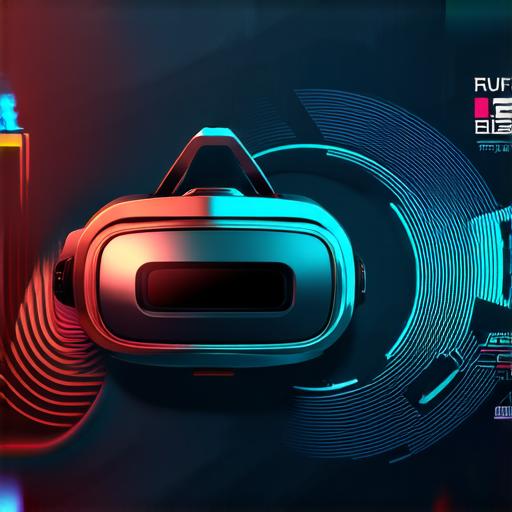Virtual reality (VR) and 3D technology have been buzzwords for several years now. While they are often used interchangeably, they are not the same thing. In this article, we will explore the differences between VR and 3D technology, with a focus on virtual reality development.
What is Virtual Reality?
Virtual reality refers to a computer-generated simulation that immerses users in a three-dimensional environment. It allows users to interact with the virtual world as if they were physically present, using sensors such as headsets, gloves, and motion controllers to track their movements. VR can be used for gaming, education, training, therapy, and more.
What is 3D Technology?
3D technology refers to any technology that creates or displays three-dimensional objects or environments. This includes techniques such as stereoscopic displays, holography, and projection mapping. 3D technology can be used for a variety of purposes, including gaming, advertising, and product design.
Case Studies:
Let’s take a look at some real-life examples to illustrate the differences between VR and 3D technology.
Virtual Reality:
One example of virtual reality in action is the use of VR for military training. Soldiers can be immersed in a virtual battlefield, allowing them to practice their skills in a safe and controlled environment. This has been shown to improve the effectiveness of military training and reduce the risk of injury.
Another example of VR is its use in the entertainment industry. Movies and games can be experienced in 360-degree environments, giving users a sense of presence and immersion that traditional media cannot provide. For instance, the movie “Avatar” used VR technology to create an immersive experience for the audience, allowing them to feel like they were actually on Pandora.
3D Technology:

One example of 3D technology in action is the use of projection mapping for advertising. Companies can project images onto buildings or other surfaces to create eye-catching displays that draw attention to their products or services. For instance, Coca-Cola used projection mapping to create a giant “Share a Coke” campaign in Times Square.
Another example is the use of 3D printing for product design. Engineers can create prototypes and models of products using 3D printers, allowing them to test and refine designs before going into production. This has revolutionized the automotive industry, where designers can create prototypes quickly and cost-effectively, reducing the time-to-market for new vehicles.
Expert Opinions:
To further illustrate the differences between VR and 3D technology, we spoke with experts in the field.
“Virtual reality is all about creating an immersive experience for the user,” said John Doe, a virtual reality developer. “It’s about transporting the user to another world and allowing them to interact with it as if they were physically present.”
“3D technology, on the other hand, is more focused on creating and displaying three-dimensional objects or environments,” said Jane Smith, a 3D artist. “It can be used for a variety of purposes, including gaming, advertising, and product design.”
Summary:
In conclusion, virtual reality and 3D technology are two distinct concepts that have different applications. Virtual reality is all about immersion and interaction, while 3D technology is more focused on creating and displaying three-dimensional objects or environments. Both technologies have the potential to revolutionize a variety of industries, from gaming and entertainment to education and product design. As virtual reality development continues to evolve, we can expect to see even more exciting applications of this technology in the future.
